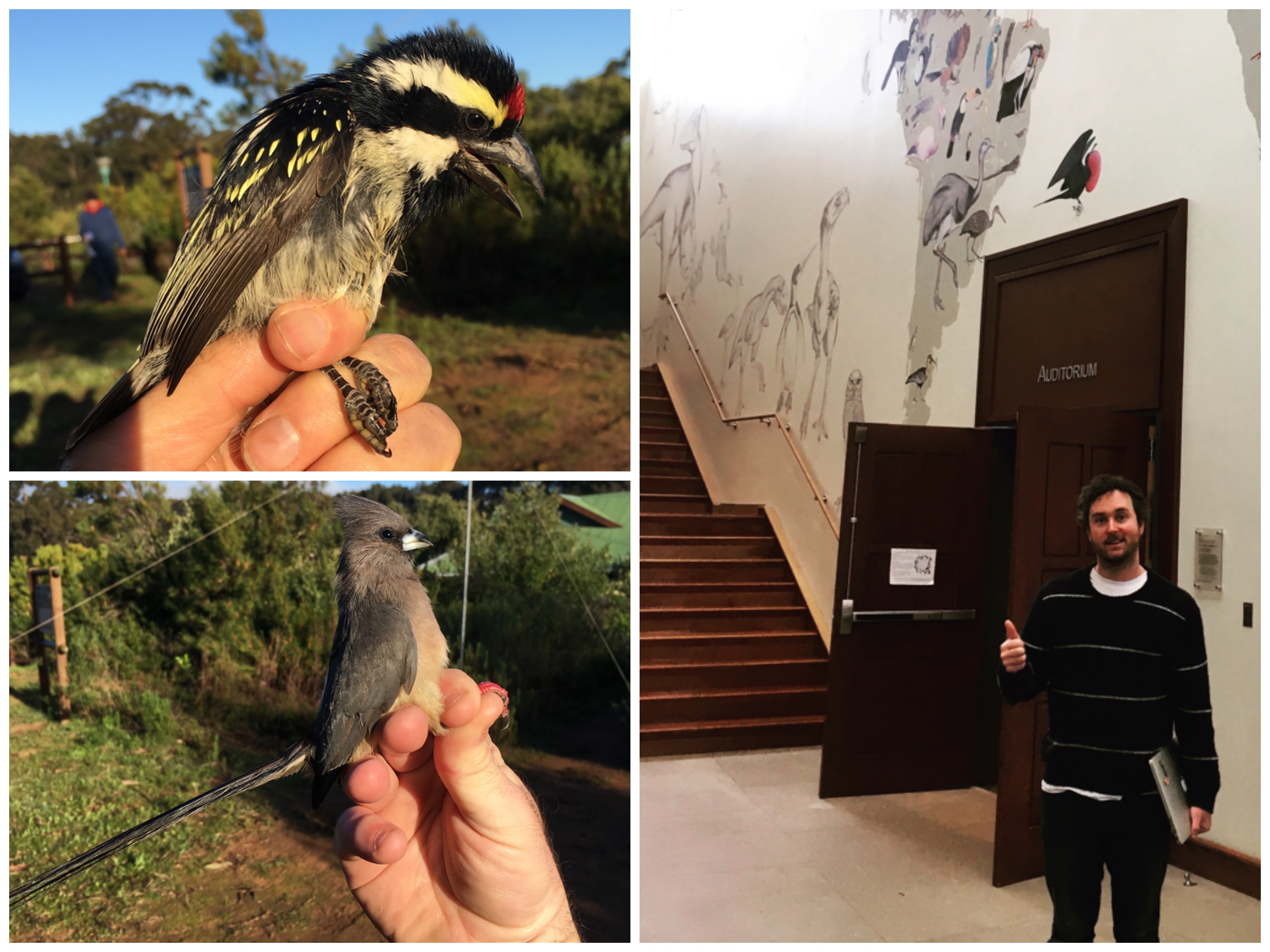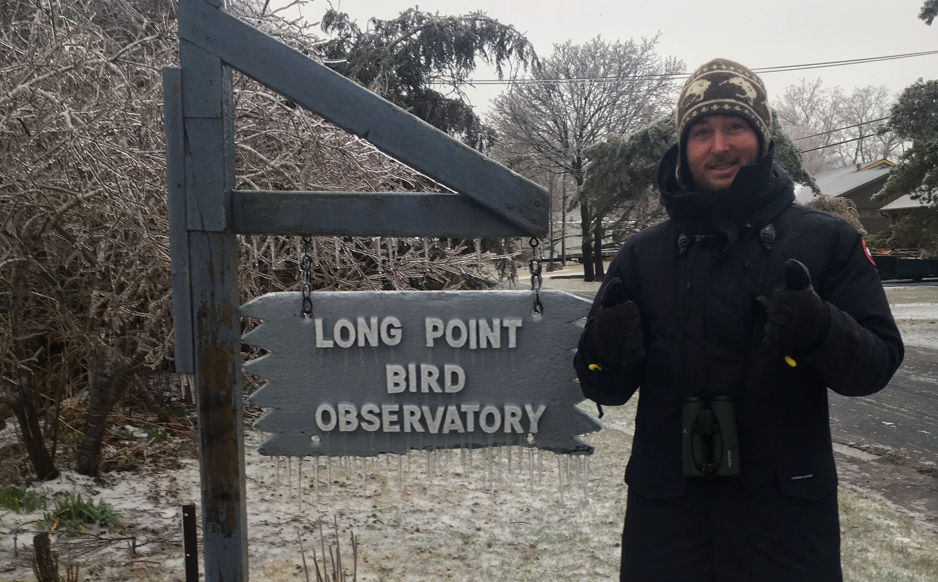2017 Churchill Fellow William Feeney’s Fellowship set out to build a citizen-science program for understanding and conserving Queensland’s unique avian biodiversity. Will shared with us his Fellowship experience and what he has planned going forward.
The dire circumstances faced by the natural world is now almost daily news. It is clear that we need to more effectively manage ecosystems both locally and globally. It is also clear that we need relevant ecological data to inform effective management practices. Traditionally, the collection and analysis of ecological data would predominantly be conducted by research scientists or professional ecologists; however, in an age where mobile devices represent computationally powerful tools, the opportunities for anybody to meaningfully contribute to the scientific process has never been greater.
In my role as a Research Fellow at Griffith University’s Environmental Futures Research Institute, I manage one of Australia’s largest ornithological (i.e. bird) monitoring projects. Birds are abundant, charismatic and conspicuous members of almost all terrestrial ecosystems, making them a good group of species to develop “citizen-science” opportunities – that is, opportunities for collaboration between research scientists and the general public. On my Churchill Fellowship I aimed to learn from the world’s leading ornithological institutes to help inform the development of ecological citizen-science opportunities for Queenslanders.
I started my Fellowship with an open mind: I wanted to know how other countries were encouraging ecological (especially bird-oriented) citizen-science initiatives and what they had learned from their experiences. Over my three month Fellowship (I stretched it out to accommodate visits to other non-Churchill collaborators) I visited leading ornithological institutes in five countries: Canada (Bird Study Canada), USA (Cornell University’s Laboratory of Ornithology and the Max Planck-Yale Centre for Biodiversity Movement and Global Change), England (British Trust for Ornithology, the Edward Grey Institute for Field Ornithology at Oxford University and the Royal Society for the Protection of Birds), South Africa (the Percy FitzPatrick Institute of African Ornithology) and Germany (Max Planck Institute for Ornithology). I also attended the European Citizen-Science Conference in Geneva, Switzerland.

I quickly realised that rather than designing a new initiative, adding value to an existing scheme might present a greater opportunity. Subsequently, my trip reoriented towards understanding how nations managed bird banding initiatives. Bird banding constitutes the careful capture of a wild bird by a licenced individual, after which measurements are taken and a coded metal band is placed on its leg prior to release. While it is conducted by researchers it is an activity overwhelmingly conducted by citizen-scientists. Not only that, but an enormous amount of effort goes into bird banding, with over 75 million banding records in North America alone. Banding and recapturing birds offers opportunities to gain various insights, such as into bird movement patterns and how communities change through time; however, while vast data are collected, these studies are rarely published. I believe this is due to the inherently different priorities and skillsets of citizen- and research-scientists, among other things.
Since returning from my Fellowship, my research program has shifted towards collaboratively working with Australia’s bird banding community and adding value to it through creating new digital infrastructure that enhances their ability to explore and analyse their data. So far, my collaborators and I have created a beta-version of this new digital platform, and it is currently being trialled by select bird banders. I have also met with Australia’s governing body (Australian Bird and Bat Banding Scheme), and we are starting to work together to enhance the efforts of Australia’s bird banders. I see enormous potential in this project, and with everything having gone well so far, we are now applying for or waiting on several grant applications to push the project further.
If you are interested in participating in bird banding projects, I would recommend joining the local ornithology club (e.g. Birds Queensland in Queensland) and enquiring with them directly.
